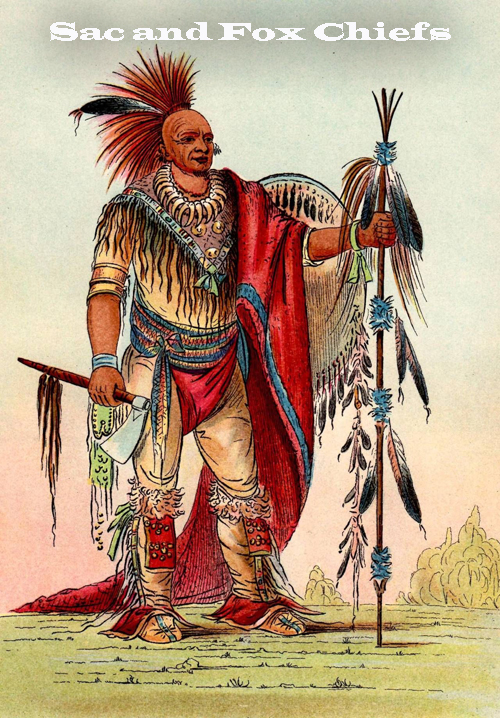Quechan
The Quechan are a Native American tribe who live on the Fort Yuma Indian Reservation on the lower Colorado River in Arizona and California just north of the Mexican border.
Sac and Fox Nation
The Sac and Fox Nation is the largest of three federally recognized tribes of Sauk and Meskwaki Native Americans. They were forcibly relocated to Oklahoma and are predominantly Sauk.
Seminole
The Seminole, “ runaway”, or “wild one” are originally from Florida comprised of Native American groups who settled there in the 18th century.
Shasta
The Shastan peoples are from the Klamath Mountains traditionally resided in settlements along regional waterways including the Klamath, Salmon, Sacramento, and McCloud rivers. The California Gold Rush brought a influx of outsiders in 1840 eager to gain mineral wealth, this was devastating to their homelands. Introduction to new diseases and fighting against invading settlers reduced the number of Shasta Native Americans and by 1850 they were forcibly removed from their homeland to two distant reservations.
Shoshone
The Shoshone or Shoshoni are a Native American tribe with four large cultural/linguistic divisions: Eastern Shoshone: Wyoming Northern Shoshone: southeastern Idaho Western Shoshone: Nevada, northern
Sioux
The Sioux also known as Očhéthi Šakówiŋ, are groups of Native American tribes and First Nations peoples in North America. The term can refer to any ethnic group within the Great Sioux Nation or to any of the nation’s many language dialects.
Snake
French traders as early as 1739 called the Northern Paiute, Bannock, and Shoshone Snake Indians. The term “Snakes” is also used to refer the Shoshone by the British. The Snake included tribes in the Cascade Mountains basins, valleys in Oregon and northern Nevada and north eastern California. These people were the opponents of the California & Oregon volunteers and the US Army in the Snake War.
Spokane
The Spokan or Spokane people are a Native American Plateau tribe who inhabited the eastern portion of the Washington state and parts of northern Idaho in the United States of America.
Timbisha
The Timbisha are a Native American tribe federally recognized as the Death Valley Timbisha Shoshone Band of California. They are known as the Timbisha Shoshone Tribe and are located in south central California, near the Nevada border.
Ute
Ute people are Native Americans of the Ute tribe and culture and are among the Great Basin classification of Indigenous People. They have lived in the regions of present-day Utah and Colorado for centuries, hunting, fishing and gathering food.
Walla Walla
Walla Walla translated most often as “many waters” inhabited the interior Columbia river. Centuries before European settlers the Walla Walla occupied territory along the Walla Walla River, the Snake, and the Columbia River. They followed a pattern of seasonal subsistence practices for survival.
Washoe
The Washoe are a Great Basin tribe of Native Americans, living near Lake Tahoe at the border between California and Nevada. The name “Washoe” is derived from the autonym waashiw meaning “people from here” in the Washo language.
Wichita
The ancestors of the Wichita lived in the eastern Great Plains from Arkansas north the Nebraska for 2,000 years. They were hunter gathers who gradually adopted agriculture. The women cultivated crops and the men hunted and fished and they lived in thatched-roof houses.
Winnebago
The name Winnebago comes from an Alqonquin term “people of the filthy water” one of the Ho-Chunk Native Americans.
>>to return to previous page – right click on back arrow <<
Word count 564










































